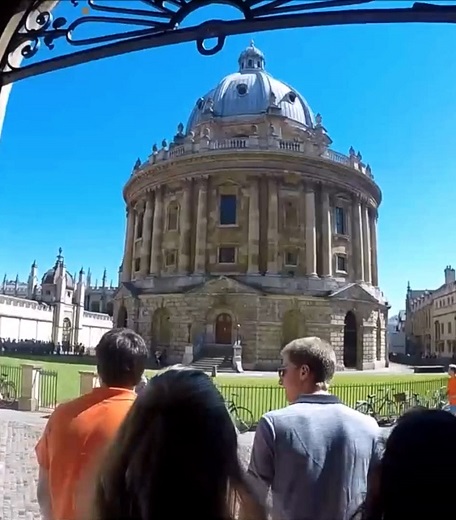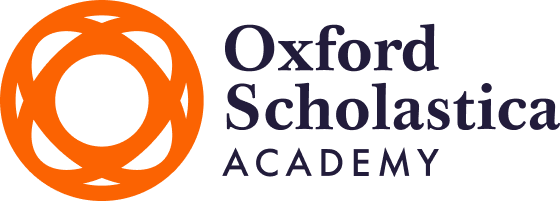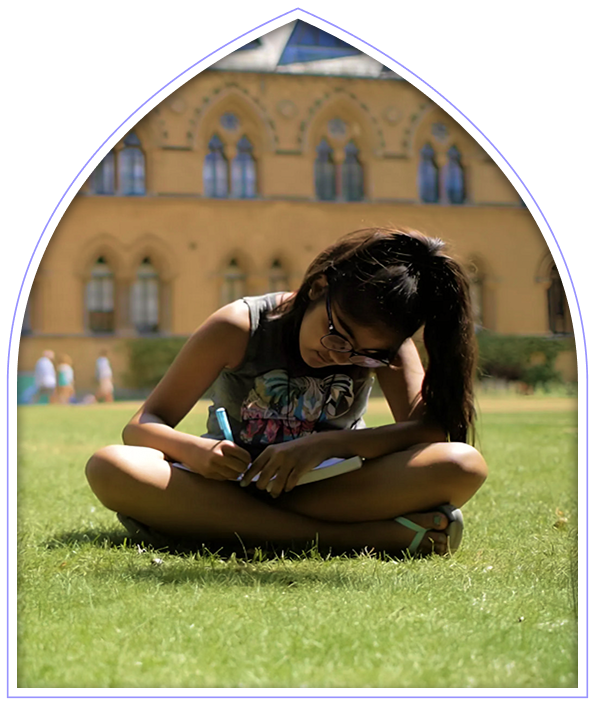Students from around the world submitted creative, optimistic, thoughtful essays on the topic of collaboration in their chosen field (see the full essay question below). Their brilliant essays have given us at Oxford Scholastica Academy another reason, if we needed it, to feel optimistic about the potential of this generation to drive the world forward.
Watch our Awards Ceremony

Essay Question 2024
How does collaboration in [your subject] support social impact and innovation? Discuss how working together is essential when addressing global challenges and creating meaningful change.
Most Outstanding Essay 2024
Benenden School
We are very pleased to announce that Ophelia Ridgwell has won the award for the Most Outstanding Essay 2024, with an essay on the subject of Engineering. She has won a free place at the Oxford Scholastica Academy Oxford Summer School 2024, worth £6,995. Congratulations Ophelia!
Her winning essay is available to read below.
Your Title Goes Here
Your content goes here. Edit or remove this text inline or in the module Content settings. You can also style every aspect of this content in the module Design settings and even apply custom CSS to this text in the module Advanced settings.
Blurring the boundaries between Medicine and Engineering: Biomedical Engineering.
Collaboration is fundamental to biomedical engineering. As a relatively new academic field, biomedical engineering is set to grow well beyond what has previously restricted the development of a field. By combining most areas of STEM, it is a prime example of what the future of academia will look like. Biomedical engineering creates a harmonious blend of knowledge and an opportunity where everyone is welcome—inviting both biologists and physics alike, to create products which will increasingly have an immense impact on everyday life.
Every day we take for granted products which have been created by biomedical engineers to enhance our everyday life. Without these products, global productivity would be impacted as our life expectancy would be significantly lower. Take as a seemingly small example, contact lenses. It is estimated that around 16% of Adults in the US rely on these daily, equating to 40.9 million people (Jennifer R. Cope, 2015). First conceived in 1801 by the scientist Thomas Young, the idea of contact lenses has existed for centuries (Brewer, 2022). However, it wasn’t until a breakthrough in the late 1950s that contact lenses were made accessible to a wider population. The key innovation being the development of a new material which was softer than the traditional glass-blown lenses (A Family Optician, 2017). This product revolutionized the field of optometry allowing those needing correction to their vision to go without glasses for the first time. Take another relevant example, MRI (magnetic resonance imaging) machines. Providing images of the human body in far more detail than is possible with an X-ray, MRIs are a critical instrument used within hospitals for the scanning of the brain, spinal cord, muscles and orthopedic injuries (National Institute of Health, n.d.). By using this machine, doctors can identify, treat and prevent injuries which could life life-threatening. Currently, it is said that over 150 million people have had MRI scans globally, with the technology only having been developed in the 1979s (ISMRM , 2023).
With the first formal university course in biomedical engineering only being opened in 1921, just over 100 years ago, the development of biomedical engineering still has a long way to go. When you think about all the incredible products the field has already been able to produce, who is to say where it could take us next. With it being applicable to most of the UN sustainability goals, it is quite possible that biomedical engineering will become one of the centres of academia and research, with global leader likely encouraging this growth. But for this to be achievable, the collaboration between biology, physics, chemistry, as well as most other STEM subjects is irreplicable. Biomedical engineering is to become the intersection of all.
References
Available at: https://afamilyoptician.co.uk/history-of-contact-lenses/
[Accessed 02 March 2024].
Brewer, A., 2022. The history of contact lenses. [Online]
Available at: https://www.1800contacts.com/eyesociety/da-vinci-to-disposable-a-history-of-contact-lenses
[Accessed 02 March 2024].
ISMRM , 2023. Information for Patients. [Online]
Available at: https://www.ismrm.org/resources/information-for-patients/#:~:text=Return%20to%20top-,How%20safe%20is%20MRI%3F,patients%20have%20had%20MRI%20examinations
[Accessed 03 March 2024].
Jennifer R. Cope, S. A. C. M. M. R. R. C. L. M. K. R. H. W. B. T. K. D. Y. L. L. S. A. Z., 2015. Contact Lens Wearer Demographics and Risk Behaviors for Contact Lens-Related Eye Infections — United States, 2014. [Online]
Available at: https://www.ncbi.nlm.nih.gov/pmc/articles/PMC5779588/#:~:text=Using%20the%20population%2Dbased%20survey,pass%20through%20to%20the%20cornea
[Accessed 02 March 2024].
National Institute of Health, n.d. Magnetic Resonance Imaging (MRI). [Online]
Available at: https://www.nibib.nih.gov/science-education/science-topics/magnetic-resonance-imaging-mri#:~:text=The%20brain%2C%20spinal%20cord%20and,image%20knee%20and%20shoulder%20injuries
[Accessed 03 March 2024].
Subject Category Winners
![]() Architecture
Architecture
JFS
![]() Law
Law
Prabhavati Padamshi Soni International Junior College
![]() Biology
Biology
Philippine Science High School
![]() Mathematics
Mathematics
City of London School
![]() Business
Business
William Carey Academy
![]() Medicine
Medicine
Podar International School
![]() Computer Science & Coding
Computer Science & Coding
Sevenoaks School
![]() Philosophy
Philosophy
Eastlake High School
![]() Economics
Economics
Garden International School
![]() Politics
Politics
Eton College
![]() Geography
Geography
Abingdon School
![]() Psychology
Psychology
Brighton College
King Edward VI Five Ways Grammar School
![]() Writing & Journalism
Writing & Journalism
St Peter’s Catholic High School

Prizes 2024
Prizes include:
- Most Outstanding Essay (prize: a place on our residential Oxford summer school, worth £6,995)
- Best Essay for each subject category (prize: a place on an Oxford Scholastica Academy online course or internship, worth £995)
- Highly Commended (for the the top 20% of entries, who receive a Certificate of Achievement)

